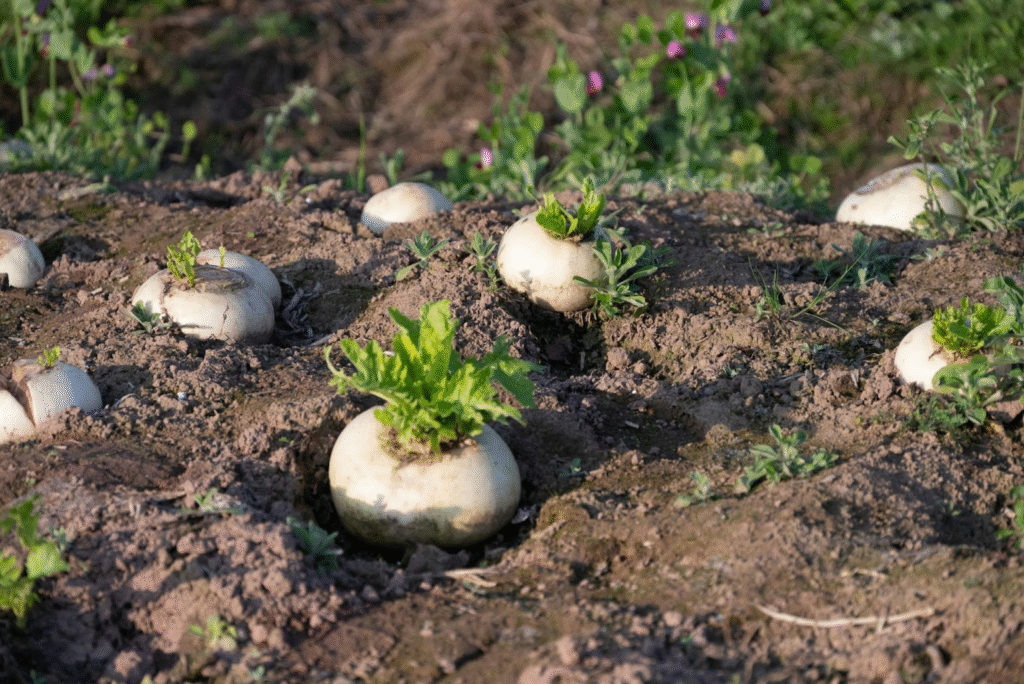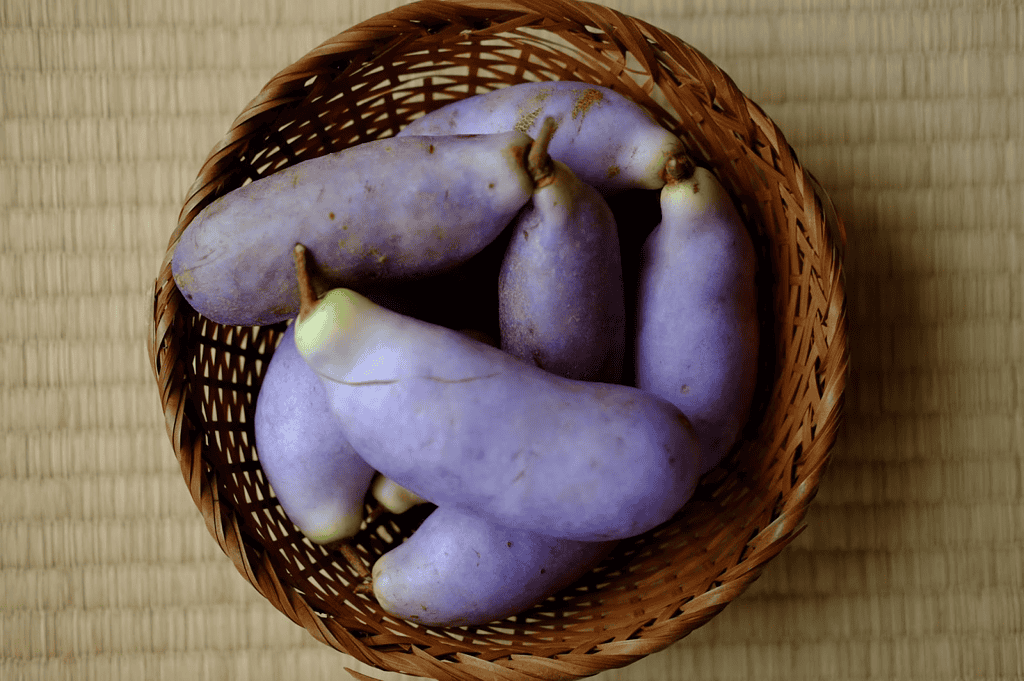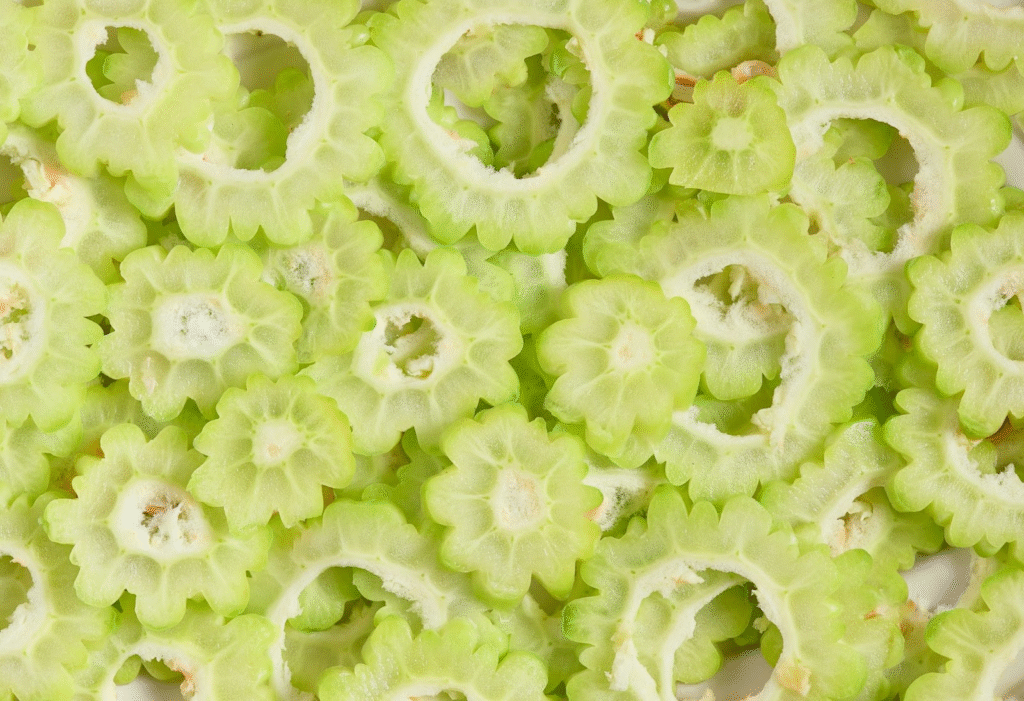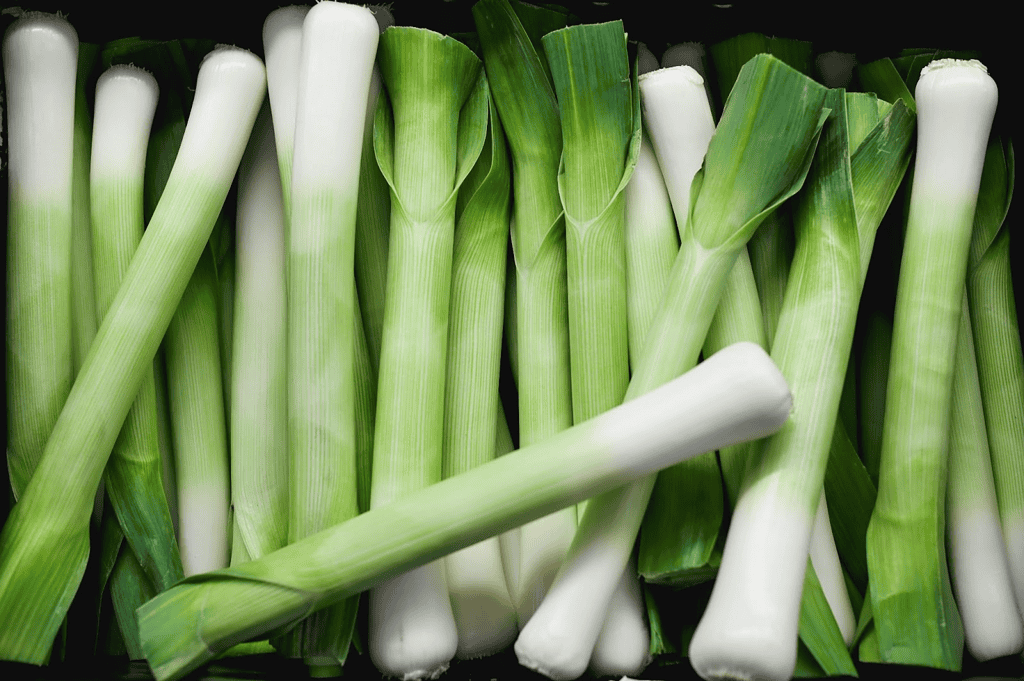Introduction
When most people think of Japanese food, sushi, ramen, and tempura immediately come to mind. Yet, behind these iconic dishes lies a rich culture of vegetable farming and cooking that emphasizes freshness, balance, and seasonality. Fresh vegetables are at the heart of Japanese cuisine, shaping both everyday meals and ceremonial dishes. From crisp daikon radishes to tender greens, Japan’s vegetable traditions showcase how simplicity, care, and respect for nature create flavors that nourish both body and soul.
In this article, we’ll explore the history and cultural role of vegetables in Japan, highlight some of the most popular fresh produce, and look at how modern trends are shaping vegetable consumption today.
The Cultural Role of Fresh Vegetables in Japan
Japan’s food culture has always been deeply tied to the rhythm of the seasons. The concept of shun—enjoying food at the peak of its season—is especially important when it comes to vegetables. Eating vegetables in their freshest state isn’t just about taste; it’s about harmony with nature and supporting local farmers.
Historically, vegetables became even more significant in Japan because of religious practices. Buddhism, which discouraged meat consumption for centuries, encouraged a diet rich in plant-based foods. This gave rise to shōjin ryōri, the vegetarian cuisine of Buddhist monks. Even today, many temples across Japan serve elaborate meals featuring fresh vegetables, tofu, and seasonal ingredients prepared with precision and artistry.
Vegetables also play a central role in home cooking. Dishes like nimono (simmered vegetables), sunomono (vinegared vegetables), and simple stir-fries highlight the natural flavors of produce without heavy sauces or seasonings. This philosophy of balance and respect for ingredients is one of the reasons Japanese cuisine has earned global recognition for its health benefits.
Popular Fresh Vegetables in Japanese Cuisine
Japan’s geography, with its varied climates from Hokkaido in the north to Okinawa in the south, allows for a wide range of fresh produce. Some vegetables are uniquely Japanese, while others are adapted varieties of global crops. Let’s look at some of the most beloved fresh vegetables in Japanese cooking:
1. Daikon (Japanese Radish)

Daikon is perhaps the most iconic vegetable in Japan. This long, white radish is mild in flavor and extremely versatile. It can be eaten raw in salads, simmered in soups like oden, or grated as a refreshing garnish for grilled fish. In winter, daikon is often simmered slowly until tender, absorbing savory broths that showcase the depth of Japanese cooking.
2. Nasu (Japanese Eggplant)

Unlike its Western counterpart, Japanese eggplant is slender, delicate, and slightly sweet. It’s a star ingredient in summer dishes and can be grilled, pickled, or simmered. Nasu dengaku, eggplant glazed with miso, is a traditional preparation that perfectly balances umami and sweetness.
3. Goya (Bitter Melon)

Native to Okinawa, goya is a unique vegetable known for its distinct bitterness. It’s most famous in goya champuru, a stir-fry with tofu, egg, and sometimes pork. Goya is prized not only for its flavor but also for its association with longevity and health, which fits perfectly with Okinawa’s reputation for being home to some of the world’s longest-living people.
4. Negi (Japanese Leek)

Similar to scallions but slightly thicker, negi adds depth to soups, hot pots, and noodle dishes. In winter, thick slices of negi are often charred or simmered, releasing a sweet and comforting aroma.
5. Kabocha (Japanese Pumpkin)

This dark green squash with bright orange flesh is a staple in Japanese households. Its naturally sweet flavor makes it a favorite in tempura, simmered dishes, and even desserts. Nutrient-rich and filling, kabocha embodies the balance of health and taste that defines Japanese cooking.
Modern Trends in Japan’s Vegetable Consumption
While tradition remains strong, Japan’s relationship with fresh vegetables is also evolving. Urban lifestyles, global influences, and health-conscious trends are reshaping how people buy and cook produce.
One trend is the growing popularity of farmers’ markets in big cities like Tokyo and Osaka. These markets bring the freshness of rural farms to urban consumers who want direct access to seasonal produce. They also highlight Japan’s ongoing commitment to local farming communities.
Another development is the rise of organic farming. Although Japan has limited agricultural land, there is increasing demand for chemical-free vegetables. Consumers are willing to pay more for quality produce that aligns with modern health and sustainability values.
Globalization has also introduced new vegetables to the Japanese market. While daikon and nasu remain staples, younger generations are embracing avocados, kale, and other global superfoods. Chefs are blending these with traditional ingredients to create innovative dishes that honor both Japanese heritage and international trends.
The food service industry is adapting as well. With a growing number of tourists seeking plant-based meals, many restaurants are incorporating more vegetable-forward dishes into their menus. Vegan ramen, seasonal vegetable sushi, and elaborate plant-based tasting menus are becoming more common in major cities.
Conclusion
From ancient temple kitchens to modern city restaurants, fresh vegetables remain an essential part of Japanese cuisine. They embody the country’s values of seasonality, simplicity, and balance. Whether it’s the comforting sweetness of simmered kabocha, the refreshing crunch of daikon, or the bold bitterness of Okinawa’s goya, vegetables bring character and diversity to Japanese food culture.
As Japan continues to embrace both tradition and innovation, its vegetable culture offers lessons for the world: respect the seasons, celebrate local farms, and let natural flavors shine. For anyone exploring Japanese food, vegetables are not just side dishes—they are the very essence of the cuisine.

 1 month ago
64
1 month ago
64










 English (US) ·
English (US) ·